Structured Gel Manicure vs. Structured Gel Overlay | + Characteristics
What is a gel overlay? How is it different from a regular gel manicure? When is it appropriate to provide a gel overlay instead of a gel mani? Does it cost more?
These are all great questions that we will be answering today.
What is an overlay?
Technically, a gel overlay is any nail material overlaying the natural nails. And for the sake of simplicity, especially when detailing your service menu, a gel overlay can also be synonymous with the words “structure gel overlay.”
So is there any difference between the words gel manicure and gel overlay? Technically no. But I’ll just tell you how I simplify my service menu using these two terms.
I categorize my services based on the length, and both services receive structuring. For short nails, I use the words gel manicure and base gel to slightly structure the application. For longer nails, I use the phrase gel overlay and structure with a soft builder gel.
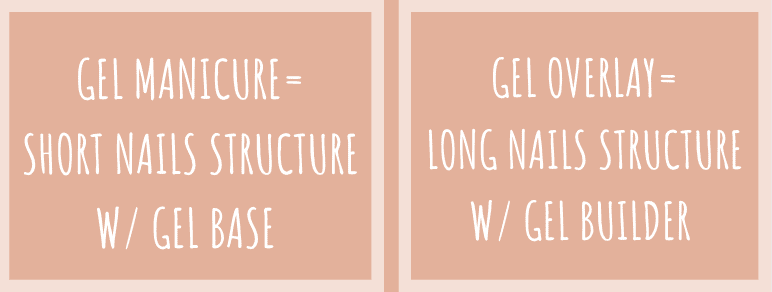
This is the gist of how I did things in the salon and how my students continue to do things successfully. If you want to learn more about how to successfully structure and price your services, I’m making this available again. Click HERE for my pricing cheat sheet.
So to recap, gel nail structures can be referred to as structured gel manicure and structured gel overlay. Gel structuring uses a slightly to medium viscous gel and creates a balanced apex to reinforce the natural nail. Soft gel structures are so popular because they are thin and enhance the look and feel of your very own natural nails.

Gel structures are then finished with color or nail art, and if you use tinted bases, like a builder in a bottle, you can simply complete your structured overlay with top gel.
Now let’s go over some things to consider when doing structured manis.
1. Builder gel
Japanese gels offer a soak-off builder gel to enhance their promise of protecting the integrity of the natural nail while still delivering natural solid enhancements. Don’t be fooled by the consistency of these gels being thinner than hard gel. They are very strong and flexible; they formulate them this way to match the natural nail’s flexibility and prolong wear time.
Remember, an overlay will have a generously thin layer of builder gel after the base gel layer. This builder layer will add strength to the nail without adding a ton of bulk, regardless of the length of the nail.
You may ask if I recommend a particular builder gel. I can tell you from much experience using them that Leafgel, Kokoist, and Vetro are great options. I created a video where I compare consistency and flexibility if you are interested in that before buying one. Besides these brands, I always recommend using clear gels from the same brand to avoid service breakdowns.
2. Structure
I’m sure you have seen pictures of perfect gel nail manicures on social media. The nails look thin in the cuticle area, slightly thicker in the middle, and delicate at the free edge, sort of like an ideal shape. Right? Natural nails are usually flatter, so we use clear gels in a structured manner to achieve long-lasting, stronger, more aesthetically pleasing nails.
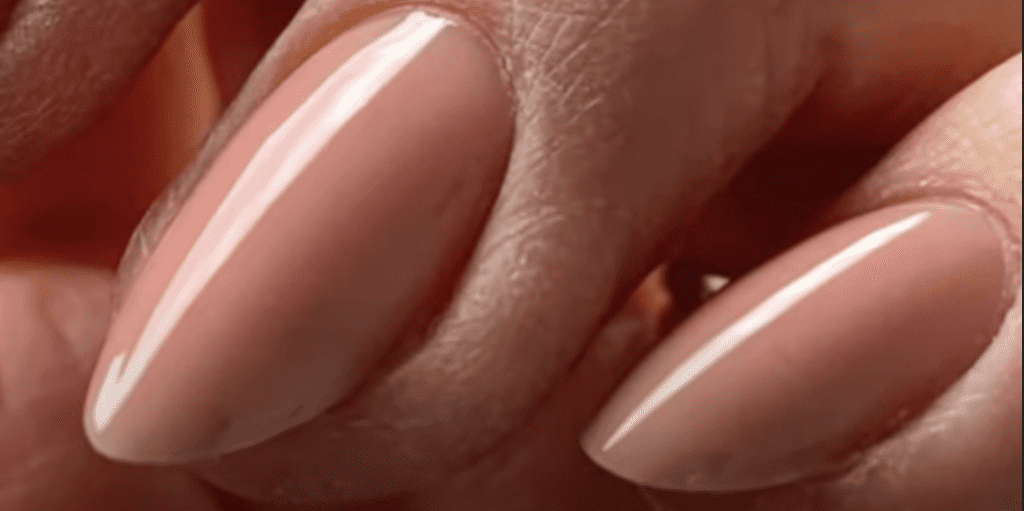
Regular gel nail polish manicures consist of simply brushing on the base gel layer, color, and top coat. You could try to add structure to the nail using the base gel, but usually, these gels have a thinner viscosity, resulting in a tad less flat nail. Nothing wrong with that if that is what you want to achieve. Just remember that builder gel will add slightly more volume and strength.
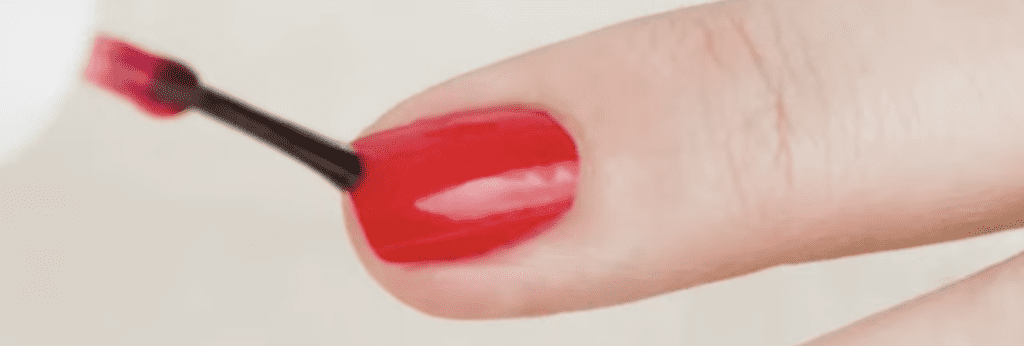
Keep in mind that some clients will prefer a flat polish-like application. So you have to mitigate while establishing your service menu and prices if you will list that option and if you will charge less or the same.
Some clients will ask for a regular gel-polish application because they like the look. Maybe they are blessed with naturally strong, curved nails and don’t need the extra strength, or perhaps they haven’t tried an overlay before. In any case, ensure you analyze the nails and give your expert opinion to your client on what service to get.
You are the expert…
With whatever you choose, I recommend adding a bit of education on your service menu, social profiles, and review sites to educate your client on what you offer.
Imagine asking a new client if they prefer a gel overlay or a gel manicure, and they don’t know what you do. They will look back at you with question marks all around their face, look at the price difference and probably go for the less expensive option.
If you find yourself on the spot this way, simply and confidently analyze their nails, and YOU give her a recommendation and explain the difference.
Over time, I stopped offering regular gel polish in my service menu and just offered overlays and extensions. Doing this took off the pressure and anxiety of explaining the difference to the client and feeling disappointed that they went for the cheaper option because they didn’t see the value of an overlay manicure. Also, I was structuring all of my gel nail services either way.
But in the beginning, do see and experiment until you get very comfortable offering only two services.
3. Efile rebalancing.
Lastly, a gel overlay will eliminate the need to soak off the product every time your client comes in for a rebalance (fill) or a color change. Instead, grab your efile, file off the top coat and color layer down to the base layer, and start over.
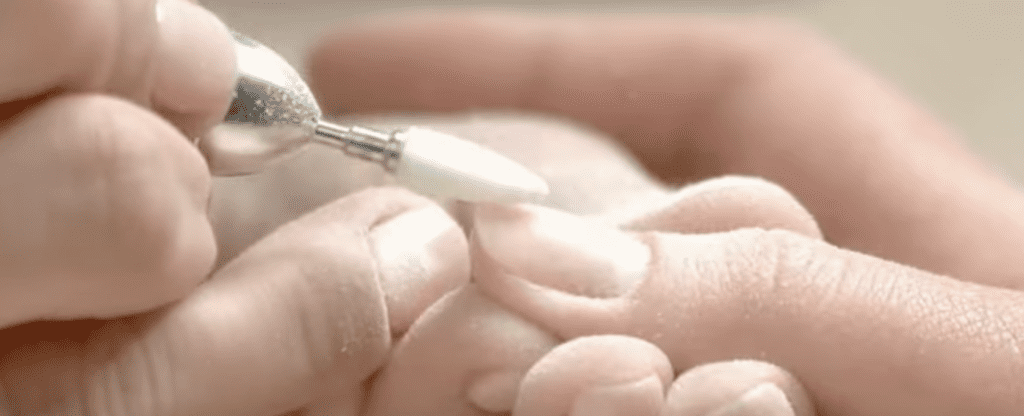
Doing this will save you a ton of service time, protect the natural nails, and result in natural long, healthy nails #nailgoals. Acetone soak-offs as a professional were only given to my clients if they ever wanted a gel nail break, which for me was pretty rare. Soaking off nails every 2-3 weeks only weakens the nail, and your enhancements may not last much. Only use it if you really need to, ok?
You can use your hand file to do this, but an efile will let you fly through removals once properly trained. I always recommend some training before using this powerful machine with clients. I know it can be intimidating at first, but knowing how to use your efile will keep you and your clients safe and make you look and feel like a pro! Click here if you are interested in learning more about efile training 😉
Let’s recap. A gel overlay is a service that adds a layer of strength to an existing nail. Depending on my gels, I’ll call it a structured gel manicure or structured gel overlay.
And the three key things to consider for your applications are:
1. Builder gel.
2. Structure.
3. Efile rebalancing.
If you would like me to take you by the hand to master your gel manicure or gel overlay applications, I teach this thoroughly in my Master Gel Nails Course. Start with the free masterclass to see if the MGN Course is the next step in your nail journey.
Thank you for watching, and I’ll see you next week. Bye for now!
Content by Paola Ponce and Fabiola Saucedo.
These blogs are copyrighted material, and any use of this blog is not permitted without written concern first. Some of these blogs contain affiliate links that give us a small commission when qualifying purchases are made. Thank you for your support that helps us to continue creating valuable resources and content like this.

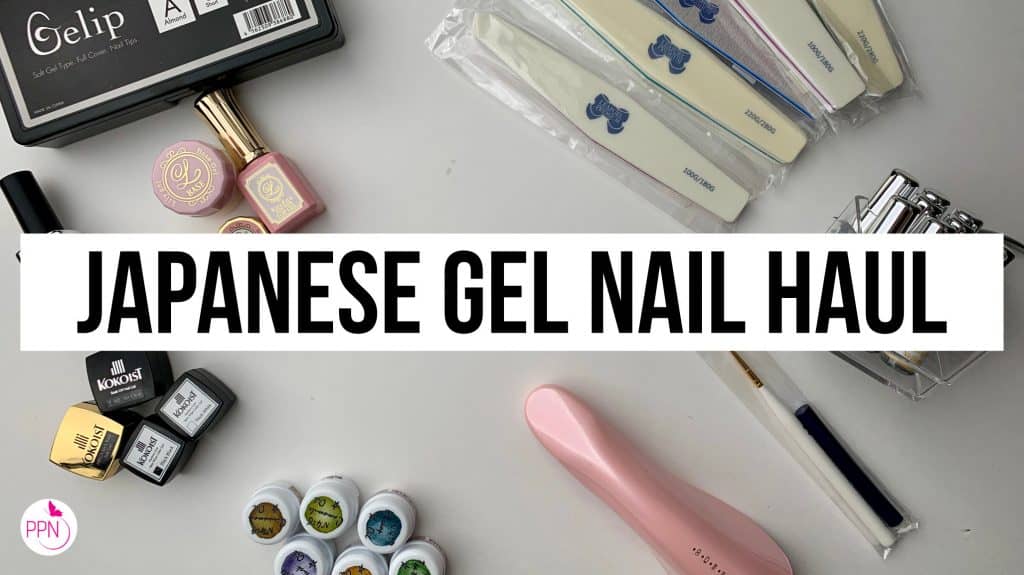
![[[ Nail Thoughts X Kokoist ]] Bottled Gel Launch | All COLORS SWATCHED](https://paolaponcenails.com/wp-content/uploads/2020/11/ntswatchesnewthumb-1024x575.jpg)